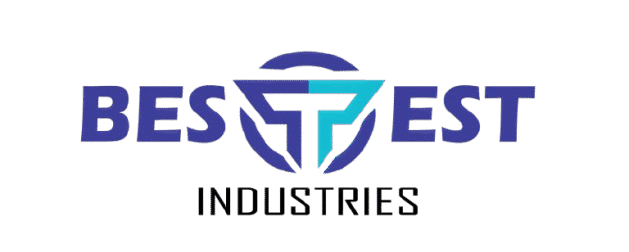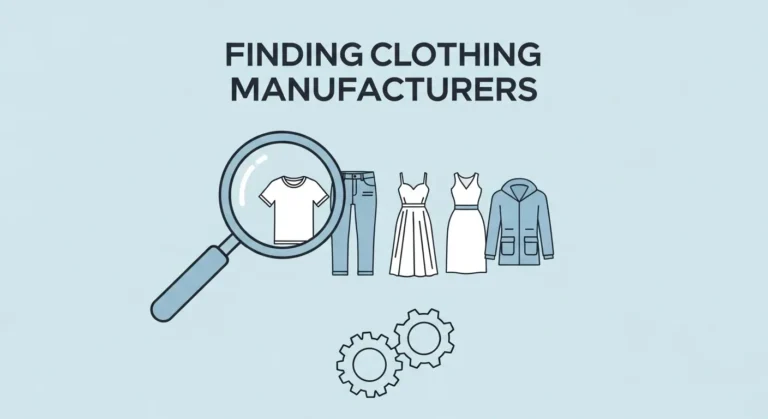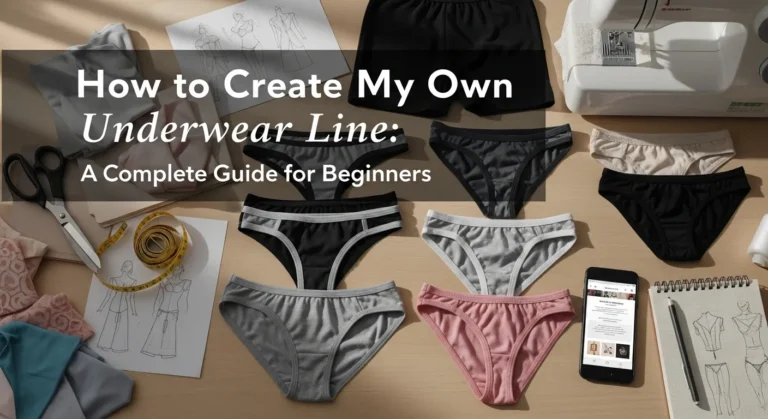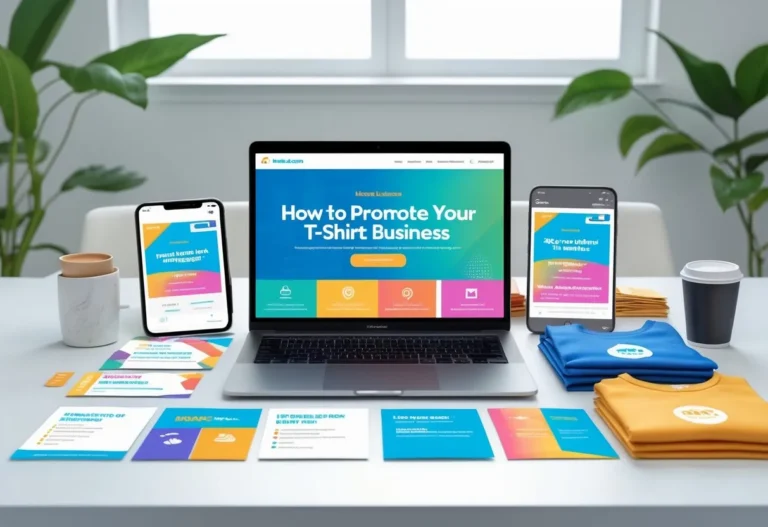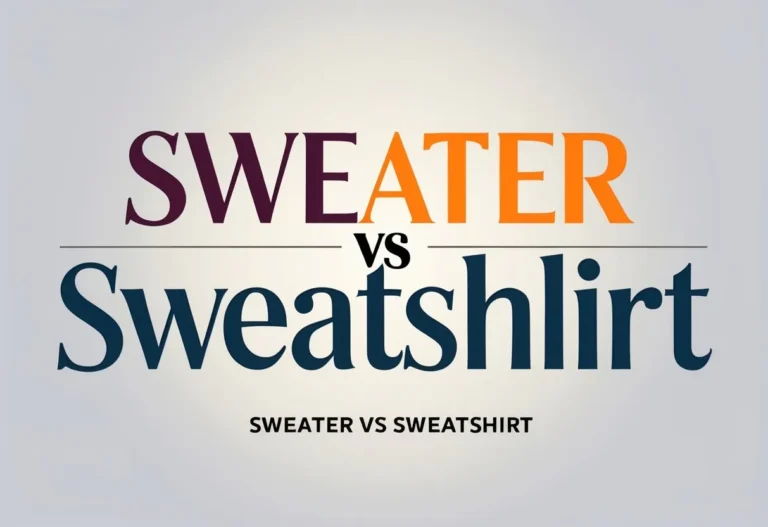Cost To Make A Custom Hoodie Complete Pricing Breakdown
Making a custom hoodie involves more than just picking fabric and adding a design. The cost to make a custom hoodie typically ranges from $5 to $50 or more per piece, depending on material quality, design complexity, customization methods, and order size. Understanding these factors helps in budgeting effectively and avoiding unexpected expenses.

Customization choices like embroidery, screen printing, or special fabrics directly affect the price. Also, producing hoodies in larger quantities usually lowers the cost per unit. Knowing how these elements work together can give a clearer picture of what to expect when planning a custom hoodie project.
It is important to consider labor, materials, and manufacturing location as well. Accurate budgeting allows businesses and individuals to create high-quality, personalized hoodies without sacrificing profit or quality.
Key Takeways
- Material and customization choices heavily impact the cost of a custom hoodie.
- Larger order sizes generally reduce the price per hoodie.
- Effective budgeting includes considering labor, production, and additional costs.
Understanding The True Cost To Make A Custom Hoodie

Making a custom hoodie involves various cost factors that work together to determine the final price. Knowing these costs helps set realistic budgets and clear expectations when launching personalized hoodies.
Breaking Down Hoodie Cost vs. Retail Price
The cost to make a hoodie usually ranges from $7 to $25 per unit. This includes fabric, labor, and any custom features like embroidery or screen printing. For example, a cotton fleece hoodie might cost around $10 to produce, while a premium, thicker hoodie with custom labels can cost up to $25.
Retail prices for custom hoodies are often much higher, ranging from $40 to $120. This gap covers marketing, shipping, overhead, and profit margins. Retailers must price hoodies to cover these costs while remaining competitive.
What Influences Custom Hoodie Pricing
Material choice is the biggest price factor. Fabrics like organic cotton or bamboo cost more than polyester blends. The production country also matters: manufacturing in the USA can cost two to three times more than in Bangladesh or China due to higher labor expenses.
Order quantity affects cost per unit. Larger orders usually get price breaks because factory setup costs spread out. Adding customization like embroidery, zippers, or private labels adds $0.5 to $3 per hoodie. Each option raises the unit cost but offers brand differentiation.
Overview of Personalized Hoodies Market
Personalized hoodies have grown popular with brands wanting to stand out. Customers expect more customization, including unique prints and small-batch runs. This trend pushes costs higher but can justify premium pricing.
Small brands often use heat transfer printing or limit colors to keep costs manageable. Finding factories with low minimum order quantities (MOQs) helps startups test markets without big upfront costs. Clear communication with suppliers prevents costly mistakes in small runs.
Key Cost Factors In Custom Hoodie Production
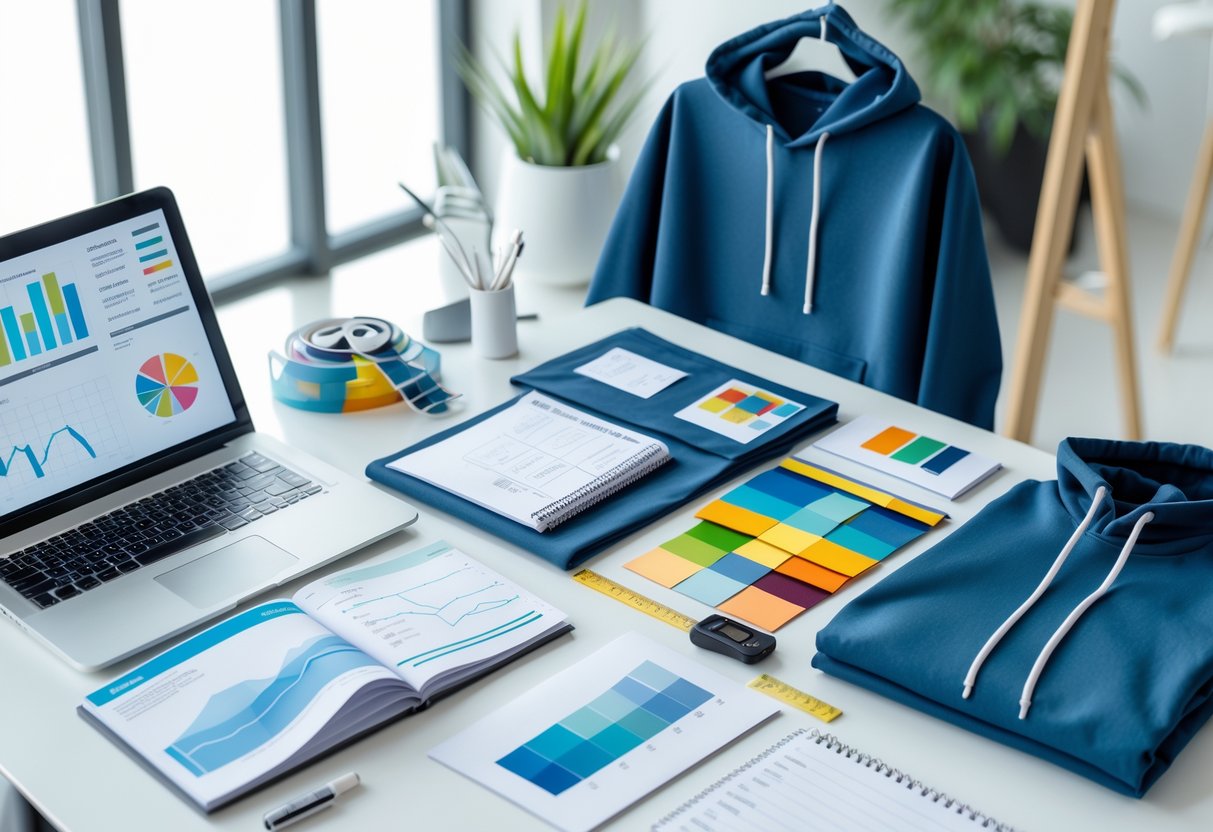
Several factors influence the cost of making a custom hoodie. These include the choice of fabrics, the type of customization applied, labor involved in production, and adjustments needed to fit different body sizes. Understanding these details helps control expenses and achieve the right balance between quality and price.
Fabric Choices and Material Costs
The type of fabric is a major cost driver in hoodie production. Common options include cotton blends, polyester, and fleece. Organic or specialty textiles, such as bamboo or recycled materials, cost more but appeal to buyers seeking sustainable products.
Material costs also depend on fabric weight and quality. Heavier fleece uses more fabric and raises the price. Additional details like linings, drawstrings, zippers, and trims add to material costs.
Bulk buying lowers material costs per hoodie, but smaller orders increase the price since less fabric is purchased at once. Choosing fabric wisely balances customer expectations and budget.
Customization Methods and Costs
Customization adds value but varies widely in price. Popular methods include screen printing, embroidery, heat transfers, and laser applique.
Screen printing is cost-effective for large orders and simple designs but less durable. Embroidery creates a high-quality, long-lasting look but requires more skilled labor, increasing costs.
Laser applique offers detailed, multi-color designs but is pricier than standard embroidery. Printing techniques affect setup costs and minimum order quantities, influencing overall prices.
Adding patches, labels, or personal names also raises costs because they need extra materials and labor. The level of detail and color choices directly impact customization expenses.
Labor and Manufacturing Complexity
Labor costs depend on the complexity of hoodie design and production. Simple hoodies with standard sewing require less time and cost less to produce.
Intricate designs, such as multiple color stitching, specialty seams, or handcrafted features, increase labor time and expenses. Skilled workers and quality control add to these costs.
Manufacturing location matters. Countries with lower wages reduce labor costs but may affect quality and shipping times. Brands often weigh these factors based on target market and delivery needs.
Efficient production methods and experienced manufacturers help keep labor costs reasonable while maintaining quality.
Sizing Range and Fit Adjustments
Offering a wide range of sizes affects production costs. More sizes mean varied patterns and extra setup, which raises expenses.
Custom fit adjustments, like tailoring for different body shapes or adjusting for children’s sizes, require additional fabric and labor. This complexity can increase waste and handling costs.
Standardized sizing reduces expenses but may limit market reach. Brands targeting specific groups may invest in better fit options to attract customers willing to pay more.
Balancing sizing variety with cost is key when planning custom hoodie production.
Customization Techniques And Their Impact On Price
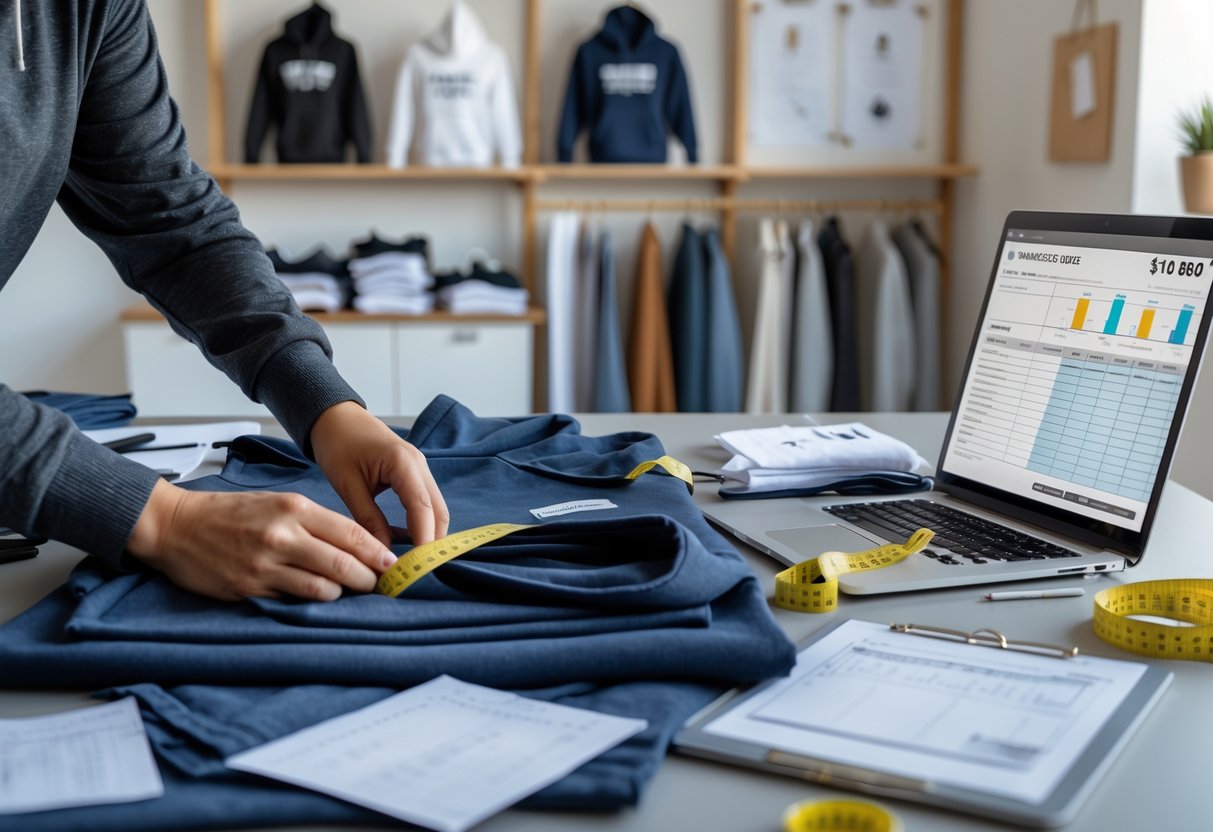
Customization adds value to a hoodie but also affects the final cost. Different methods vary in price, durability, and appearance. Choosing the right technique depends on the design complexity, budget, and the hoodie’s intended use.
Screen Printing: Pros, Cons, And Cost
Screen printing is a popular choice for custom hoodies, especially for larger orders. It uses stencils and layers of ink to create designs directly on the fabric.
Pros:
- Cost-effective for bulk orders
- Produces vibrant colors with good durability
- Suitable for simple or multi-color designs
Cons:
- Setup costs can be high for small runs
- Not ideal for very detailed or photographic images
- Limited color blending options
Cost:
Screen printing generally adds about $5 to $10 per hoodie for standard designs. Price varies based on colors, number of print locations, and order size.
Embroidery Costs and Applications
Embroidery involves stitching designs using thread. It is valued for its professional look and long-lasting quality.
Uses:
- Logos and text frequently use embroidery
- Adds a textured, premium feel to hoodies
Cost factors:
- More expensive than screen printing, often $7 to $15 or more per piece
- Costs rise with design size, stitch count, and colors
- Ideal for small logos or simple graphics due to setup complexity
Embroidery is durable and withstands many washes but is less flexible for complex images or very large designs.
DTG Printing and Heat Transfer Explained
Direct-to-garment (DTG) printing sprays ink directly onto the fabric, allowing for detailed and colorful designs. Heat transfer uses printed vinyl or transfers applied with heat.
DTG Printing:
- Perfect for full-color, photo-realistic images
- Good for small runs and single items
- Cost ranges from $10 to $20 per hoodie, depending on design size
Heat Transfer:
- Uses vinyl or printed transfers pressed onto the fabric
- Flexible for small orders and custom names or numbers
- Cost typically $5 to $12 per hoodie based on size and complexity
Both methods allow fast production but may have lower durability compared to screen printing and embroidery.
How Order Size And MOQ Affect Unit Cost

Order size and minimum order quantities (MOQs) play a major role in determining the cost per custom hoodie. Larger orders usually reduce costs per unit by spreading fixed expenses over more pieces. MOQs set by manufacturers ensure production remains cost-effective but can affect inventory and cash flow decisions.
Understanding Minimum Order Quantities
Minimum Order Quantity (MOQ) is the smallest number of hoodies a supplier will produce in one batch. It exists mainly to cover fixed setup costs like labor, machine preparation, and materials purchase.
For example, screen printing often requires a higher MOQ because of the complex setup. Conversely, methods like embroidery or Direct-to-Garment printing typically have lower MOQs due to simpler setups.
MOQs protect manufacturers against losses caused by small orders but may cause buyers to hold excess inventory. Balancing MOQ with demand is crucial to avoid overstock and financial strain.
Economies Of Scale In Hoodie Pricing
As order size increases, the cost per hoodie usually decreases because fixed costs spread across more units. Bulk buying of materials lowers raw material costs, and manufacturers offer volume discounts.
For instance:
| Order Quantity | Approximate Unit Cost |
|---|---|
| 50 hoodies | $20 – $25 |
| 200 hoodies | $12 – $15 |
| 500+ hoodies | $7 – $10 |
Buying larger quantities also reduces administrative expenses and shipping fees per unit. However, very large MOQs can tie up capital and increase storage needs, so companies must carefully plan order sizes for the best balance of cost and cash flow.
Packaging, Shipping, And Additional Expenses
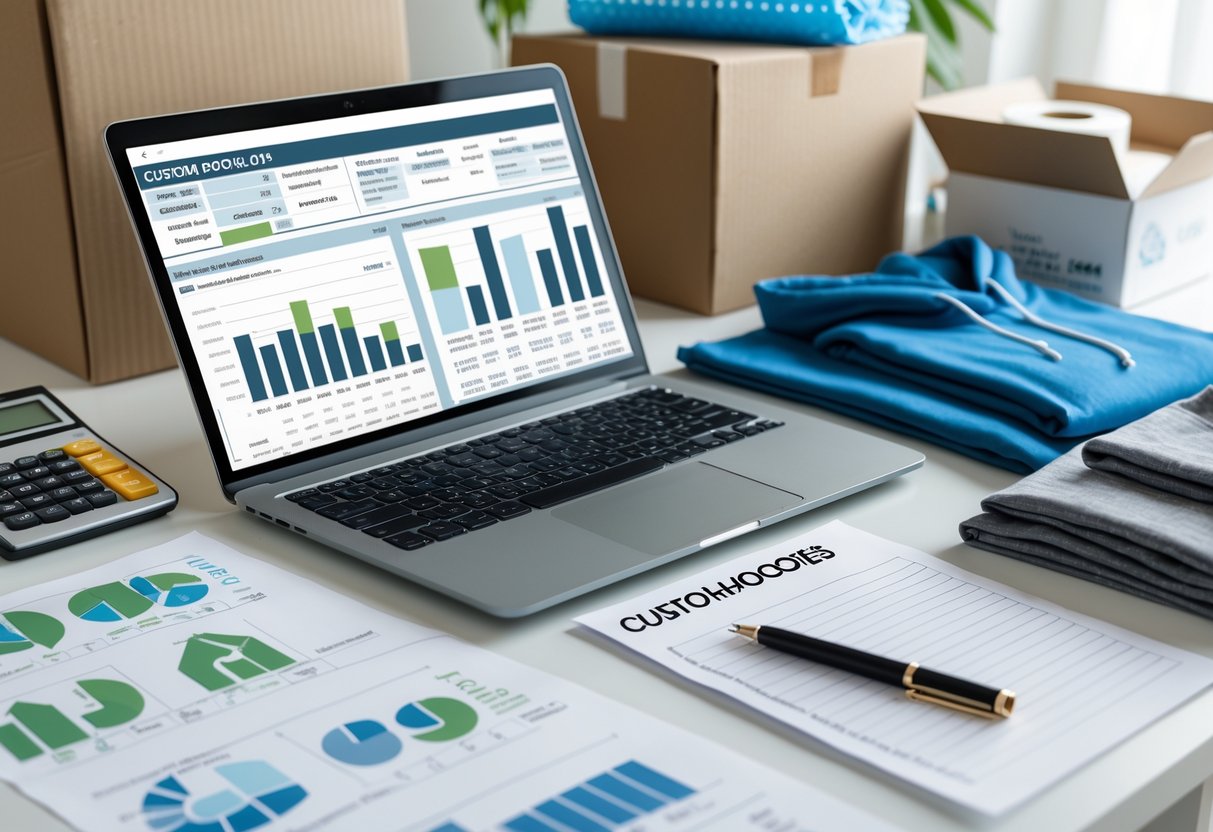
When budgeting for custom hoodies, it’s important to consider costs beyond production. These include adding branded details, choosing packaging that fits the brand, and planning for shipping fees. Each of these can affect the final cost and customer experience.
Custom Branding And Labels
Custom branding enhances the hoodie’s professional look and helps build brand recognition. Adding custom tags or labels usually costs between $0.50 and $1.50 per unit. Printed neck labels, an alternative for branding, tend to cost a bit more, around $1 to $3 per hoodie.
Choosing between sewn tags and printed labels depends on the brand’s style and budget. Sewn tags often offer a premium feel, while printed labels reduce production complexity. Including these custom touches not only adds cost but can increase the perceived value of the hoodie.
Packaging Choices
Packaging impacts how customers perceive the product. Basic packaging options, such as simple polybags, carry minimal cost, but custom packaging adds $1 to $3 per hoodie. This range covers branded boxes, tissue paper, or special wrapping.
Higher-quality packaging can justify a higher price point and improve unboxing experiences, which may help with customer satisfaction and brand loyalty. Brands should also consider if the cost of custom packaging fits their overall budget and sales strategy.
Shipping Costs: Domestic And International
Shipping costs vary widely based on order size, destination, and shipping method. Domestic shipping typically ranges from $5 to $10 per hoodie. When sending internationally, costs can increase significantly, averaging between $10 and $40 per unit depending on the country.
Bulk orders may reduce per-item shipping costs, but shipping practices must be planned carefully to avoid unexpected expenses. Brands should factor in potential customs fees and delivery times when estimating total costs for international customers.
Budgeting Smart: Tips For Affordable Custom Hoodies
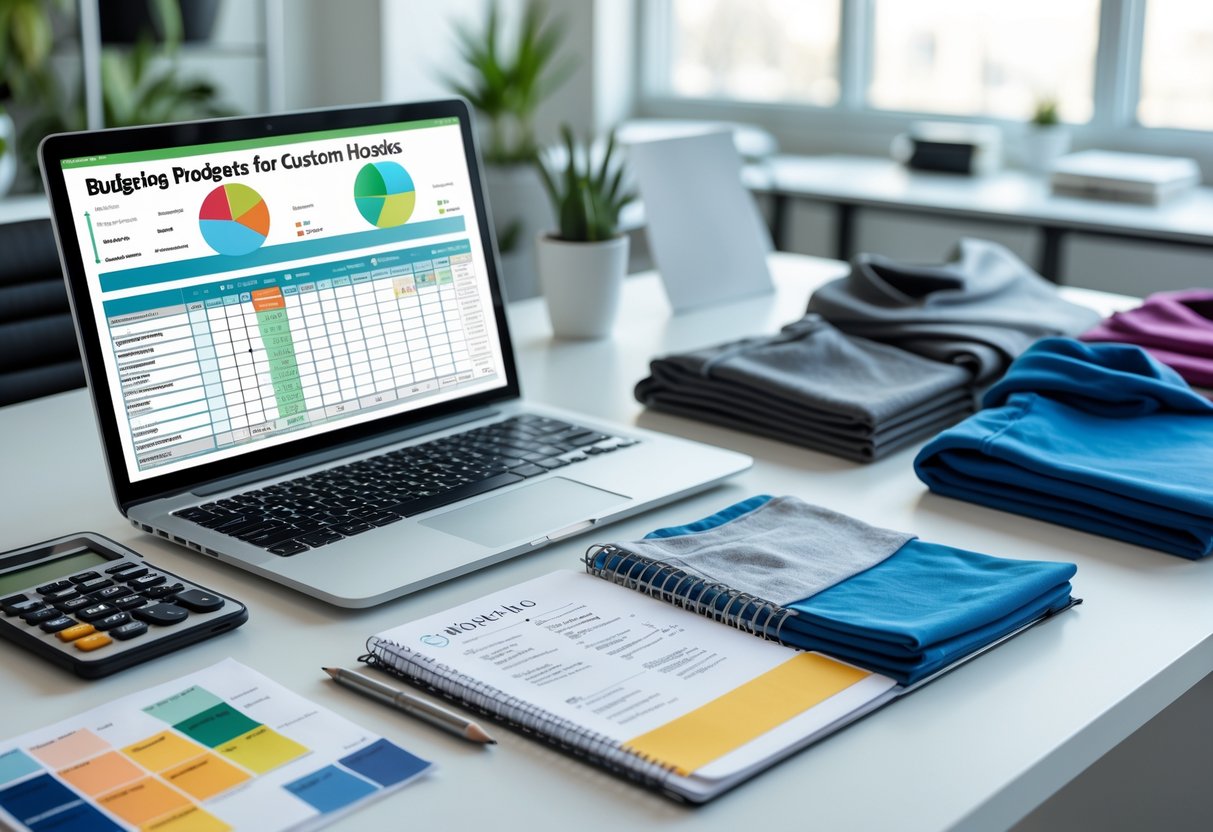
Planning the budget for custom hoodies involves understanding where costs arise and finding practical ways to save money. Choosing the right materials, production methods, and partners can significantly impact the final price without sacrificing quality.
Ways To Reduce Custom Hoodie Production Costs
One effective way to lower costs is to select simple designs with fewer details and decorations. Complex patterns, embroidery, or multiple colors usually increase both material and labor expenses.
Ordering larger quantities also helps because many manufacturers offer discounts for bulk orders. This reduces the cost per hoodie by spreading fixed setup costs over more units.
Choosing standard cotton blends instead of premium or organic fabrics can save money. However, it’s important to balance cost with customer expectations for comfort and durability.
Limiting customization options reduces production time, which lowers labor costs. For example, printing a logo in one location instead of several spots on the hoodie often costs less.
Ethical Manufacturing And Cost Considerations
Ethical manufacturing typically results in higher production costs due to fair wages, safe work conditions, and sustainable materials. These factors raise labor and material prices but can enhance brand reputation and customer loyalty.
Investing in ethically made hoodies means paying more upfront but often attracts buyers willing to pay a premium for responsible products.
Budgeting for ethical options requires reviewing suppliers carefully and understanding their certification, labor practices, and environmental impact.
Some companies balance cost and ethics by selecting manufacturers who follow basic ethical standards but keep prices competitive through local sourcing or efficient processes.
Partnering With A Reliable Custom Hoodie Maker
Choosing a trustworthy custom hoodie maker is crucial for cost control and product quality. Reliable makers communicate clearly about pricing, production time, and material options.
They can help identify cost-saving opportunities without compromising the hoodie’s look or feel.
A good partner offers transparent quotes that break down costs by materials, labor, shipping, and customization. This clarity helps avoid unexpected expenses.
Experienced manufacturers also advise on suitable fabrics and printing techniques, which can reduce waste and speed up production.
Building a long-term relationship with a dependable maker often leads to better pricing and smoother production cycles.
Planning For Profit: Selling Custom Hoodies And Understanding Margins

Profit in the custom hoodie business depends on setting the right prices, knowing the market demand, and managing quality without overspending. A clear focus on cost, customer expectations, and sales strategy shapes how well the business performs financially.
Setting Prices For The Hoodie Business
Pricing is key to making a custom hoodie business profitable. He must start by calculating the total production cost, including materials, labor, printing, and packaging. Most manufacturers spend between $5 and $20 to produce a single hoodie, depending on complexity and materials.
To achieve a healthy profit margin, the selling price often needs to be 50% to 70% higher than the production cost when selling retail. For wholesale orders, margins tend to be lower, around 20% to 40%. For example:
| Production Cost | Retail Price Range | Wholesale Price Range |
|---|---|---|
| $10 | $15 – $17 | $12 – $14 |
| $20 | $30 – $34 | $24 – $28 |
Including occasional discounts and volume pricing can attract more customers but must be carefully balanced to keep profits stable.
Navigating The Custom Hoodie Market
The market for custom hoodies is growing, driven by demand for personalized, stylish, and comfortable apparel. Understanding consumer preferences is crucial. He should focus on target groups interested in trendy designs or specialized uses, such as team wear or event merch.
Custom hoodies offer a marketing advantage for brands and organizations. They work well as promotional items and gifts, increasing the appeal beyond just personal clothing. Social media and online sales platforms simplify reaching these audiences.
Success requires identifying a clear niche and tailoring designs for that audience. Custom hoodies with unique prints, embroidery, or eco-friendly materials often generate stronger customer interest and loyalty.
Balancing Quality And Profitability
Quality affects customer satisfaction and repeat sales, but it also adds to costs. He must choose materials and production methods that meet customer expectations without unnecessary expenses.
Premium fabrics and detailed work raise production costs but justify higher prices. Conversely, using basic materials keeps costs low, making hoodies more affordable but possibly limiting appeal.
Profit comes from finding the right balance between quality and price. Testing demand with small batches helps determine acceptable prices. Offering customization options can also increase value without a huge cost increase.
Efficiency in sourcing and production leads to better margins. Choosing reliable manufacturers who deliver consistent quality at a fair cost is essential to long-term profitability.
Frequently Asked Questions
Custom hoodie costs depend on material choice, labor, design details, and order size. Budgeting smartly involves balancing quality and personalization while keeping production efficient and affordable.
What factors influence the production costs of a custom hoodie?
Material quality is a major factor. Basic cotton blends cost less, while organic or specialty fabrics increase prices. Labor costs rise with complex stitching, embroidery, or printing.
Order size impacts cost per hoodie. Larger batches lower unit costs due to economies of scale. Location of manufacturing also affects wages and materials pricing.
How can you design your own hoodie affordably?
Choosing simple designs lowers costs. Using fewer colors in prints and limiting embroidery reduces labor charges. Picking standard materials helps keep expenses manageable.
Designers can avoid expensive elements like specialty fabrics or detailed custom patches. Planning ahead prevents costly last-minute changes.
What is the price range for creating high-quality custom hoodies?
A basic hoodie typically costs between $5 and $20 to produce. High-quality or heavily customized hoodies can range from $25 to $50 or more per unit.
Prices vary by material, design complexity, manufacturing location, and quantity ordered.
Can you create a custom hoodie with a picture and how does it affect the price?
Yes, hoodies can feature pictures using various printing methods like screen printing or digital printing. Adding images usually increases the cost because of more detailed work and additional materials.
Full-color prints or photo-quality graphics raise production expenses compared to simple logos or text.
Is there a way to make a single custom hoodie without significant cost increase?
Producing just one hoodie often comes with high per-unit costs. Some suppliers offer print-on-demand services allowing small runs without large upfront fees.
Using these services helps avoid bulk order minimums but may cost more per item than larger orders.
Are there options available for free or low-cost custom hoodie design tools online?
Yes, many online platforms offer free design tools. These tools let users upload images, add text, and preview designs.
Low-cost options often include templates and simple interfaces suitable for beginners or small projects.
